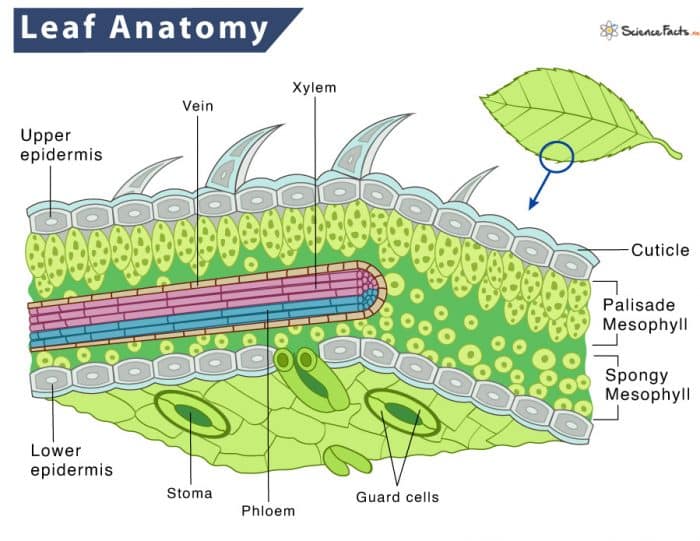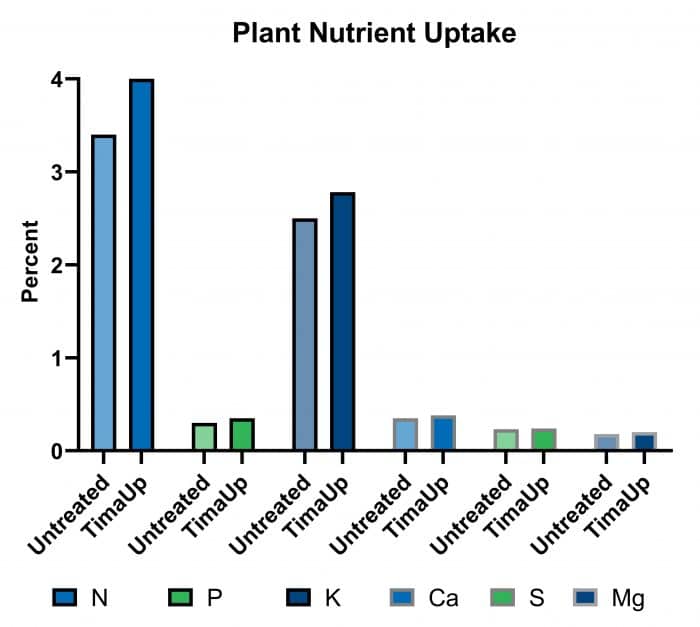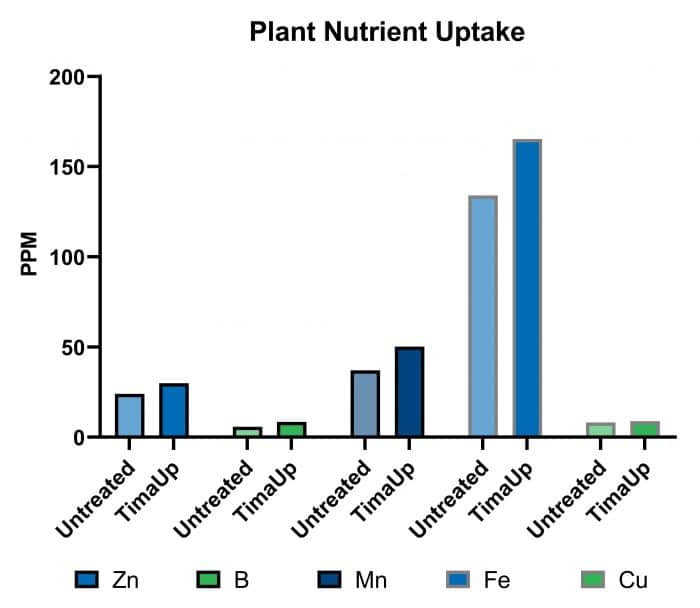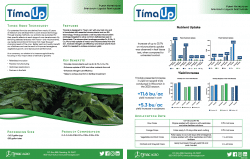Foliar Nutrition Considerations and Challenges >>

Plant nutrition is a juggling act. High yields and great quality just don’t happen, they take a well-executed plan. While most of the crop nutrition is soil applied, foliar nutrition can play an important role in enhancing yield and quality. Growers can add targeted nutrition quickly at important times. This can address deficiency issues and positively impact yield and quality. While adding plant nutrition to sprayer passes is a great strategy, foliar nutrition is not without its challenges.
Foliar Nutrition Challenges
Leaves are sensitive to salt burn. Some fertilizers are considered ionic salts and have burn potential. There is a limited amount that can be applied on the leaf. The plant leaf also has a built-in defense system called the cuticle. The cuticle is a waxy layer that protects the plant. For foliar nutrients to be effective, they need to get through the cuticle and to the vascular bundle of the xylem and phloem. Here the nutrients can be transported to the parts of the plant that need them. In the cuticle, there are small holes or pores. These pores are surrounded by negative charges. This waxy layer, small pores and negative charges create challenges for foliar-applied nutrients for the following reasons.
1) The thickness of the cuticle can make it harder for nutrients to enter. Older leaves and plants under stress have thicker cuticles than younger or less stressed plants.
2) The size of the molecule is important to aid in entrance through the small pores. Larger molecules have a harder time entering the small pores. This means that certain formulations of foliar nutrients have an advantage. This means that liquid solutions tend to have an advantage over nutrient suspensions. Solutions have dissolved nutrients where the molecules disassociate into the ionic forms. (Potassium nitrate to K+ and N03- for instance) When these molecules break apart in water, they are smaller than the original molecule making them easier to take into the pores. This also means they carry a charge (note the + and -).
3)The charge can be helpful or harmful as the pores themselves are surrounded by negative charges. Likes repel and opposites attract, so any negative charge has a harder time entering the pores. Positive or neutral charges have an easier time entering.
4) Inside the plant, strong charges like Ca++ can find themselves attaching to the cells making them hard to move to the vascular system. Generally, a neutral charge is more beneficial to nutrients entering through the cuticle and into the vascular system.
5) How long the nutrient stay in solution on the leaf matters. The longer the leaf stays wet, the more time the nutrients have to enter the leaf. As water evaporates, nutrient salts reform and do not enter the plant as rapidly.

Image credit: Leaf Anatomy (Structure): Layers and Functions (sciencefacts.net)
Foliar Nutrition with TimaUp
TimaUp is a plant extract-based bio nutritional that is designed to address foliar nutrient uptake and improve the plant’s ability to utilize those nutrients inside the plant itself. To address foliar nutrient challenges, TimaUp employs two modes of action. In TimaUp, foliar nutrients are complexed with amino acids, and a marine sea plant extract called IPA. The amino acids in TimaUp weakly bond to the charged nutrients to create a neutral charge. They are also small which enables rapid entrance through the pores. This allows the micronutrients that TimaUp supplies (Mn, Zn, S, B, Mo, and Cu) to quickly and efficiently enter the plant.
Foliar micronutrients are commonly chelated with EDTA. While this is helpful for tank mix compatibility, the large chelation molecule makes it harder for the nutrient to enter the pores. Smaller molecular weight molecules like those used in Timaup help get the nutrients where they belong.
TimaUp activates a carrier system in the plant. This allows for a more systemic nutrient delivery. Research has shown improvements of up to 54% in some nutrients. This has impacts on other nutrients that are also taken in by the plant’s roots like N, P and K.


TimaUp also has been shown to increase photosynthesis by positively acting on the chlorophyll. Addressing both the challenges of foliar nutrients’ entrance into the plant and their activity inside the plant enables TimaUp to perform consistently over a wide variety of crops and weather situations.
TimaUp can be used independently or in combinations to address foliar crop nutrition quickly. This helps address both yield and quality, and maximize growers’ returns.
Contact a TIMAC AGRO sales rep to discuss how to add this tool to your nutrition program.

Author:
Jordan Martin
Northeast Business Unit Director

